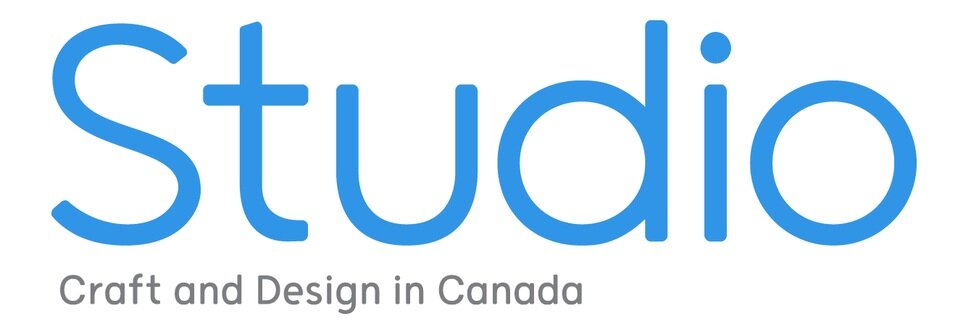Saeedeh Niktab Etaati
An interview with Saeedeh Niktab Etaati, Curator, Diasporas and Multinational Communities at the Canadian Museum of History.
What is your job title and description?
My job title is curator, diasporas and multinational communities at the Canadian Museum of History (CMH). In this position, I work in three different but overlapping and interlocking areas. First, I conduct ethnographic research in collaboration with diaspora communities across the country to better understand their lives and how they respond to political, social and historical events that take place back in their country and in Canada. I’m also interested in their vernacular and expressive cultures. The second part of my work is based on this research: I help build collections that best represent these communities’ contemporary experiences and material histories. And once I’ve done that, I showcase these collections in exhibitions and publications.
How do you describe your work?
Based on my collection plan and research project, I reach out to a community to establish connections. In consultation with the community, I explore the possibilities of conducting research that speaks to their needs, as well as our collecting priorities and research strategies at CMH. And then I start my fieldwork: I document events, conduct oral history interviews and collect audiovisual materials. Then, when my fieldwork is done, I review the research materials and write a research dossier to lay out the historical, cultural, personal and collective significance of the objects and archival materials I would propose for acquisition into the Museum’s collections. I also consult with other divisions — conservation, copyright, archives — to make sure that we can preserve and display these materials. Then I present it to two committees, who provide their feedback and discuss whether we can acquire the materials into our collections.
What career/educational path did you take to get here?
After I completed an MA in art studies at the University of Tehran — which mostly focused on histories and philosophies of art — I came to Canada in 2014 to study folklore at Memorial University in St. John’s, N.L. I was interested in the anthropology of art — the people around and behind the art. There, I learned ethnographic research methodologies, which I use now as a curator. After I graduated, I moved to Toronto to work in the education department at the Aga Khan Museum. Working there opened a new avenue for me to see art as an entry point for teaching. I carried these object-based pedagogies into the classroom while I taught in the liberal studies department at Humber College. In 2022, a very unique position opened up at CMH. They were looking for a researcher of oral history, and I just jumped on it. Later, this curator position opened up. It’s my dream job because it combines both my passion for community-based research and my expertise in ethnographic research.
What is the most exciting part of your work?
Building relationships with communities and working closely with them to document their experiences, traditions and cultures. And as a curator, I’m constantly listening and trying to figure out how best to represent these voices to our museum audiences.
What is your biggest challenge?
Diasporic communities in Canada are very diverse, which is great because it enriches our histories and cultures. My priority as a curator of diaspora is to focus on racialized communities whose stories are often under-represented or absent within the larger historical national narrative. However, even with this very particular focus, there is a long path to walk and many gaps I need to fill.
Tell us a brief story about an object you have worked with.
Over the past three years, I’ve been documenting activism in various diasporic groups, including the Women, Life, Freedom movement. One of the Iranian activist-artists I worked with is Hajar Moradi, who designed a banner carried by an international feminist collective during the Women’s Day March in 2023. Its text reads “Women, Life, Freedom” and it is constructed from black fabrics braided to resemble women’s hair. The banner was also used during the Abolitionist Pride Parade in Toronto in June 2023. After that, it was displayed at the Canadian Museum for Human Rights in Winnipeg, and from there, it was displayed for six months at the National Museum of World Cultures in Mexico City. Moradi invited the participants from the protests and parades and museum visitors to contribute solidarity messages to women fighting for gender equality in the Global South on square pieces of fabric. Moradi selected over 100 of these messages to add to the banner. The messages represented over 15 different languages, including Farsi, Kurdish, simplified Chinese, Hindi, Anishinaabemowin, Spanish and German.
Moradi’s banner was acquired by CMH, and now resides in our national collection.
Anything to add (especially for artists/makers/craftspeople whose work you work with)?
As a curator who works with racialized artists and makers, I’d like to use this opportunity to emphasize that these individuals face additional barriers not only to making art, but also to creating spaces for themselves within the Canadian art scene. I constantly hear about how they use their work to navigate the persistent emotional, social and financial challenges they experience. These stories shape my curatorial practices and choices.
This article was published in the Spring/Summer 2025 issue of Studio Magazine.







